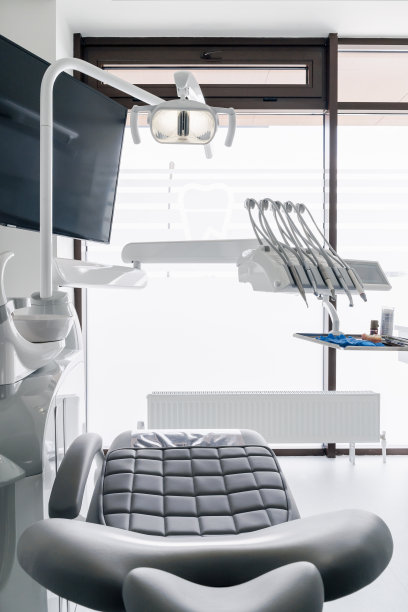Essential Tips You Need to Know Before Getting a Dental Filling to Ensure a Smooth Recovery
Summary: Dental fillings are essential for treating cavities and ensuring oral health. However, to facilitate a smooth recovery after the procedure, patients must understand specific tips and guidelines. This article outlines crucial aspects to keep in mind before getting a dental filling, focusing on preparation strategies, post-treatment care, pain management, and dietary considerations. By following these essential tips, patients can ensure their recovery is as swift and uneventful as possible, resulting in improved dental health and well-being.
1. Preparation Strategies for Your Appointment

Before heading to the dentist for your filling appointment, taking a few preparatory steps can make the procedure smoother. First, its vital to discuss any existing medical conditions and allergies with your dentist. This information can help tailor the treatment process to your specific needs, ensuring that no unexpected complications arise.
Another key preparation strategy is to arrange for transportation post-appointment. While many patients can drive themselves after minor procedures, some may experience side effects from anesthesia. Having a friend or family member accompany you can alleviate stress and ensure a safe trip home.
Finally, consider writing down any questions or concerns you may have prior to your appointment. Engaging in open dialogue with your dentist can clarify the procedure, alleviate anxiety, and help you know what to expect both during and after obtaining a filling.
2. Post-Treatment Care Guidelines
After receiving a dental filling, proper post-treatment care is crucial for effective recovery. Initially, you may experience numbness in your mouth, especially if local anesthesia was used. Its important to avoid biting your tongue or cheek during this time as you cannot feel the sensations properly. Wait until the numbness subsides before eating or drinking.
Moreover, maintaining excellent oral hygiene is essential after the procedure. Gently brush your teeth, avoiding the filling initially to prevent discomfort. Gradually resume your normal brushing and flossing routine once the area heals, and always consult your dentist for personalized instructions on caring for the new filling.
Lastly, follow your dentists guidance regarding any prescribed medications post-filling. Non-steroidal anti-inflammatory drugs (NSAIDs) may be suggested to help manage any pain or discomfort. Taking these as instructed can make the recovery process much more comfortable.
3. Managing Pain and Discomfort Effectively
Its not uncommon to experience some pain or discomfort in the days following your dental filling. Being prepared with effective pain management strategies can ease this natural response. First, utilize over-the-counter pain relievers, like ibuprofen or acetaminophen, as soon as you feel discomfort. Following manufacturer dosage instructions carefully will maximize relief and minimize any potential side effects.
Additionally, applying a cold compress outside the mouth can help reduce swelling and numb the area, providing significant relief. Use this method several times a day for about 15-20 minutes, ensuring you dont apply ice directly to the skin to avoid frostbite.
In some cases, the filling may feel high or uneven against your bite. If you notice this after a few days, it鈥檚 essential to schedule a follow-up appointment. Adjustments may be necessary to ensure comfort and function.
4. Dietary Considerations for a Smooth Recovery
Your diet plays a crucial role in your recovery after getting a dental filling. For the first few hours post-procedure, stick to soft foods that wont irritate the filling area. Consider options like yogurt, applesauce, or mashed potatoes, which will be easy to consume without putting too much pressure on the filling.
Avoid hot, spicy, or extremely cold foods and beverages for the first few days to prevent sensitivity and discomfort. Gradually reintroduce regular foods as the area heals. Additionally, steer clear of sticky or hard foods that could potentially dislodge or damage the filling.
Staying hydrated is also essential, but be cautious with how you drink. Using a straw could place unnecessary pressure on the new filling, so opt for sipping directly from a glass for the first few days after your treatment.
Summary:
In conclusion, preparing for a dental filling involves several important steps that will impact your overall recovery and well-being. From proper pre-appointment preparation to adherence to post-treatment care guidelines, understanding pain management methods and dietary considerations can greatly enhance your recovery experience. By following these essential tips, you can ensure that the filling procedure not only treats your cavity effectively but also contributes positively to your oral health moving forward.
This article is compiled by Vickong Dental and the content is for reference only.



